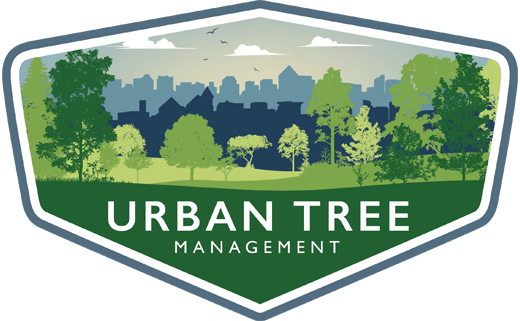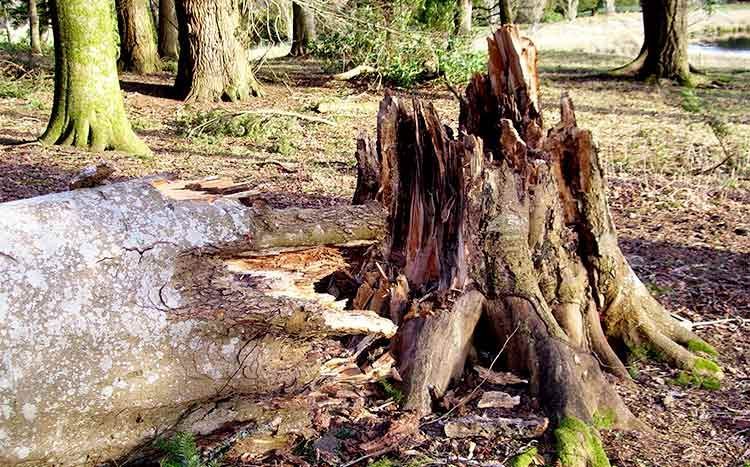Ash Dieback Surveying
It is a legal obligation to maintain your property and ensure it does not pose a hazard to visitors or passers. You may be held liable for any property damage or personal injuries that occur your premises.
Therefore, it is essential to be vigilant about the condition any trees on your property. We provide on continuous monitoring surveying
Ash Dieback Management for tree owners
As a landowner, if you possess ash trees, it is incumbent upon you to conduct regular surveys for disease indicators. Should the disease be detected, you are obliged to respond appropriately, considering any potential risks to public safety.
What is ash dieback?
Ash dieback, also known as 'Chalara,' is a highly contagious fungal disease poised to decimate over 90% of native ash trees, along with most other ash species. The disease compromises the tree by infiltrating its network of vessels responsible for transporting water, nutrients, and gases, swiftly diminishing the tree's essential functions. This leads to vessel obstruction, branch girdling, and ultimately, the death of the affected part. The majority of trees infected with Ash dieback are likely to perish, either from the disease itself or from secondary infections like Honey fungus, which exploit the tree's compromised state and weakened defences. However, a small proportion of ash trees seem to be resistant to the disease, and their genetic markers are being studied in hopes of cultivating disease-resistant ash trees for the future.
Tree Inspections and Surveys for Ash Dieback
Qualifications
- The Inspector must possess the appropriate qualifications to conduct tree inspections.
- Many organizations now mandate that their inspectors have qualifications at QCF level 4 (or its equivalent). However, they may also accept inspections performed by inspectors with qualifications as low as QCF level 3 (or its equivalent).
- We are qualified to QCF level 6.
Specialist Inspections
In some situations the inspector may need to carry out detailed tree investigations, for example:
- There may be a requirement for an inspector to climb a tree using ropes. If so, the inspector will need to be appropriately qualified and be accompanied by a colleague qualified in aerial rescue.
- Our experts can also carry out surveys with the use of drones to confirm the presence of Ash Dieback. From individual trees to entire woodlands, we can formally identify the quantity and location of ash trees, and whether or not they’re infected.
- Some trees of significant importance may need to be assessed using specialist tree survey equipment like resistograph drilling or sonic tomography (which can be costly) – it is wise to ensure that the costs and justification for this are clearly identified in advance of work being carried out.
Generally, Surveys should take place between July and September as trees need to be in full leaf to give an accurate reading.
Our arboriculturists can undertake Phase 1 surveys during this time. Below is our process for assessing the impact on large estates and large groups. We conduct ad hoc inspections on individual trees and create a treatment and monitoring plan according .
Ash dieback survey process
Phase 1 surveys identify:
- Areas of significance, levels of infection, clearance impact and classify the percentage of any dieback if found. The clearance impact is important because removing one tree in a woodland will not have significant an impact on the landscape as removing a lone tree in a field.
Phase 2 surveys identify:
- The number of stems that need to be removed, management plan if appropriate and restocking levels. Depending on the size of the plot, a Phase 2 survey can also be done at Phase 1 stage, or on a return visit.
After each survey phase we provide a full report with our findings
We undertake ash dieback tree inspection in Greater Manchester, Cheshire, Lancashire, Merseyside and nationally for various clients. Before we can head out to your site and conduct a tree survey, we’ll need to ask you a few critical questions about your project. Fill out our quick and easy online form so we can capture the most important project information and provide you with a free quote that includes everything you need to know.
Ash Dieback Guidance & Management by experts
Our expert tree consultants will recommend suitable management recommendations following surveys and reports to tackle ash dieback disease




